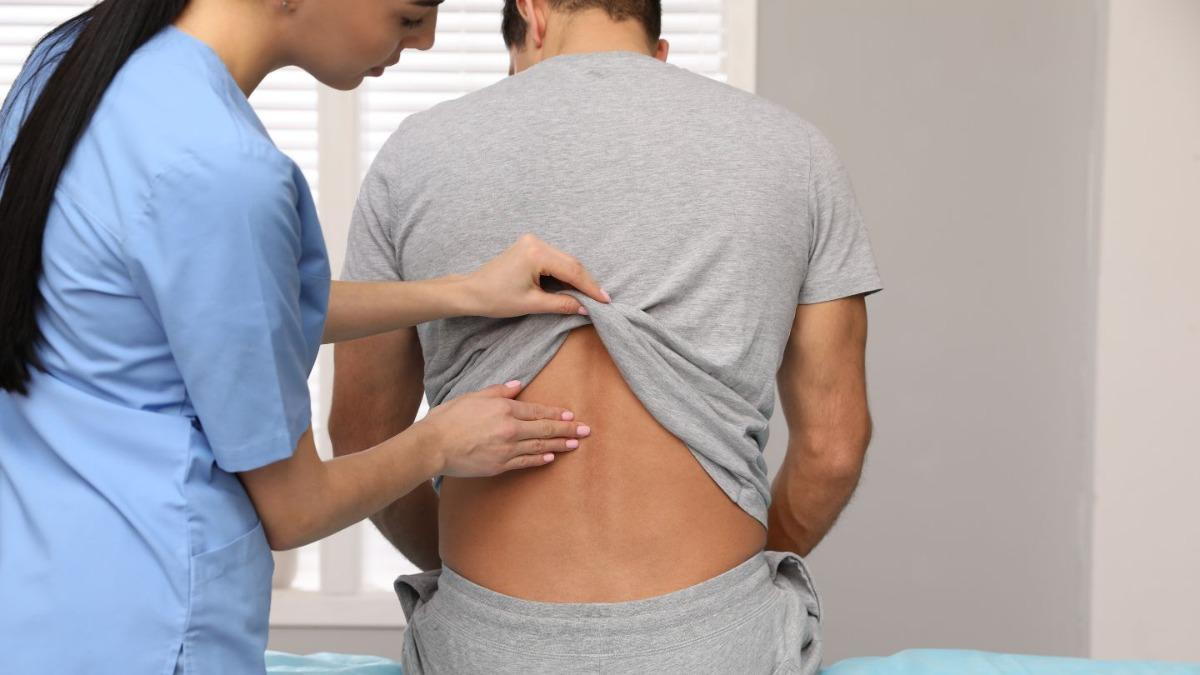
Scoliosis is a medical condition that affects the spine, causing it to curve sideways. While this curvature can take on a C- or S-shape, it often leads to uneven shoulders, waist, or hips. Understanding scoliosis is crucial for the millions affected by it worldwide.
Statistics reveal that around 3% of the global population suffers from scoliosis, making it a prevalent concern. This condition can manifest at any age but is most commonly diagnosed in children and adolescents. Early detection and treatment are vital to manage symptoms effectively and improve quality of life.
In this website blog, we'll explore the potential of spinal decompression as a treatment for scoliosis. We'll discuss its efficacy, compare it with other treatments, and provide insights into who might benefit from it. By the end, you'll have a comprehensive understanding of spinal decompression and its role in scoliosis treatment.
What is Spinal Decompression?
Spinal decompression is a non-surgical therapy aimed at relieving pressure on the spinal discs and nerves. It involves stretching the spine using a specially designed table or a lumbar traction device. This process creates negative pressure within the discs, promoting the retraction of herniated or bulging discs and enhancing nutrient flow.
The benefits of spinal decompression are numerous. It can alleviate pain, improve spinal alignment, and enhance overall spinal health. Patients often report relief from symptoms associated with conditions like herniated discs, sciatica, and degenerative disc disease.
Understanding how spinal decompression works is essential. During a session, the patient lies on a decompression table, which gently stretches and relaxes the spine. This cyclic stretching helps to create space between the vertebrae, reducing pressure on the affected discs and nerves. Let's explore whether this technique can be effective for scoliosis patients.
Can Spinal Decompression Help Scoliosis?
The question of whether spinal decompression can help scoliosis has intrigued both patients and healthcare providers. While research on this topic is still evolving, there are promising indications that spinal decompression can offer relief to some scoliosis sufferers. Here are some potential benefits to consider:
- Improved spinal mobility: Spinal decompression can improve the flexibility and range of motion in the spine, allowing for better movement and realignment.
- Reduced pain and discomfort: By relieving pressure on nerves, spinal decompression therapy can alleviate associated symptoms such as back pain and muscle spasms.
- Better posture: Scoliosis often leads to misalignment of the spine, resulting in poor posture. By correcting this alignment through decompression, patients may experience improved posture and appearance.
- Enhanced nutrient flow: As discs are stretched and relaxed during spinal decompression, blood flow, and nutrient delivery to the affected areas can improve. This promotes the healing and repair of damaged tissues.
While these benefits sound promising, it's important to note that some experts believe that spinal decompression can complement traditional scoliosis treatments by providing pain relief and enhancing overall spinal health. It can be part of a comprehensive treatment plan that includes physical therapy, bracing, and exercise. Consulting with a healthcare professional is crucial to determine the most suitable approach for each individual.
Alternative Treatments
When considering scoliosis treatment options, it's essential to compare spinal decompression with other available therapies. Traditional treatments for scoliosis include bracing, physical therapy, and surgical interventions. Each approach has its own set of benefits and limitations.
Bracing is commonly recommended for adolescents with moderate scoliosis. It helps prevent further curvature progression during growth spurts. Physical therapy focuses on strengthening the muscles supporting the spine and improving posture. Surgical interventions, such as spinal fusion, are reserved for severe cases where conservative treatments have failed.
Spinal decompression offers a non-invasive alternative that may complement these traditional treatments. Unlike surgery, it is a low-risk procedure that does not involve any incisions or anesthesia. It may also be suitable for patients who cannot undergo surgery due to medical reasons. However, it's critical to speak with a healthcare provider before deciding on any treatment option.
In Conclusion
Spinal decompression holds promise as supportive therapy for scoliosis patients as well as for many other different types of back pain. While it may not be a standalone treatment, it can improve spinal health and alleviate symptoms associated with scoliosis. Moreover, its non-invasive nature makes it a viable option for those who prefer to avoid surgery. If you're considering spinal decompression as a scoliosis treatment, be sure to consult with your healthcare provider and discuss whether it's suitable for your specific case. With the right approach, managing scoliosis is possible, and you can lead a fulfilling life! Stay informed and take charge of your health.
